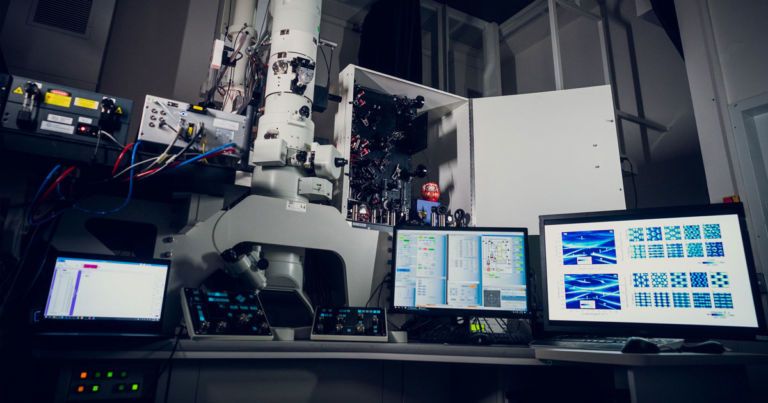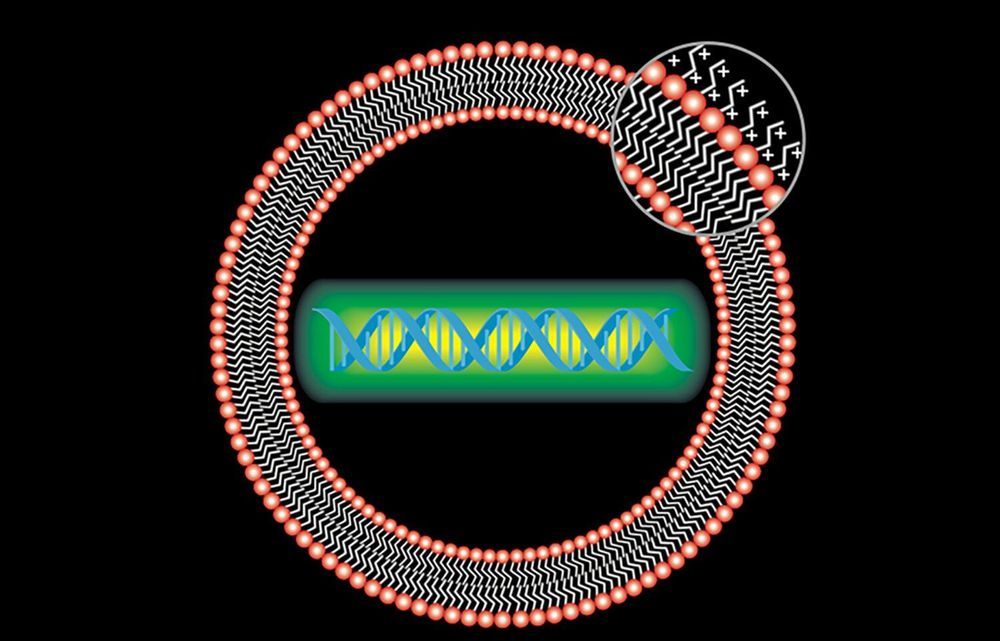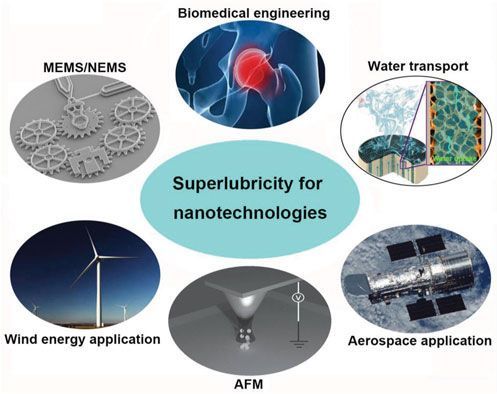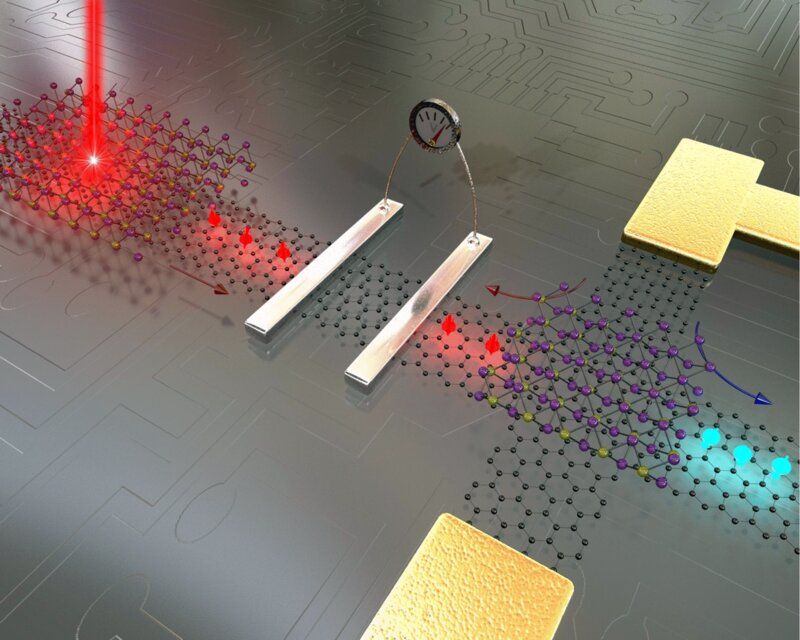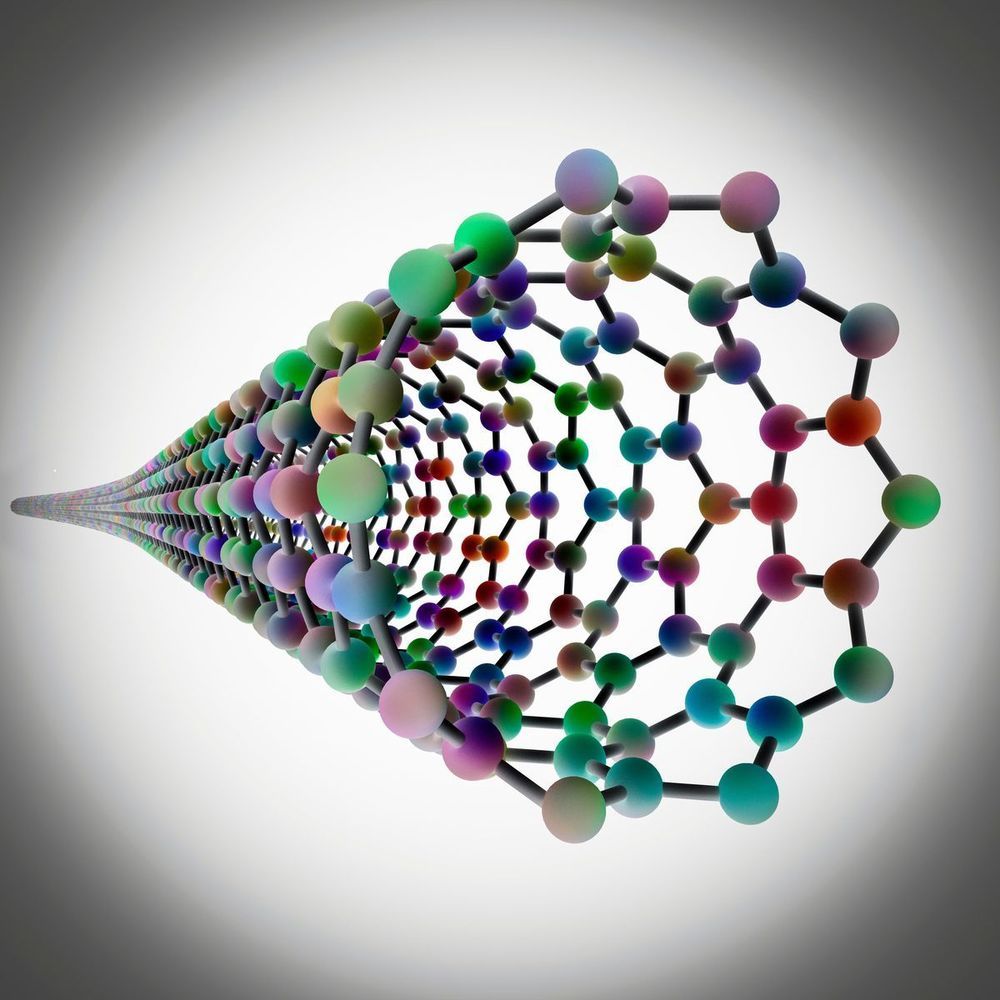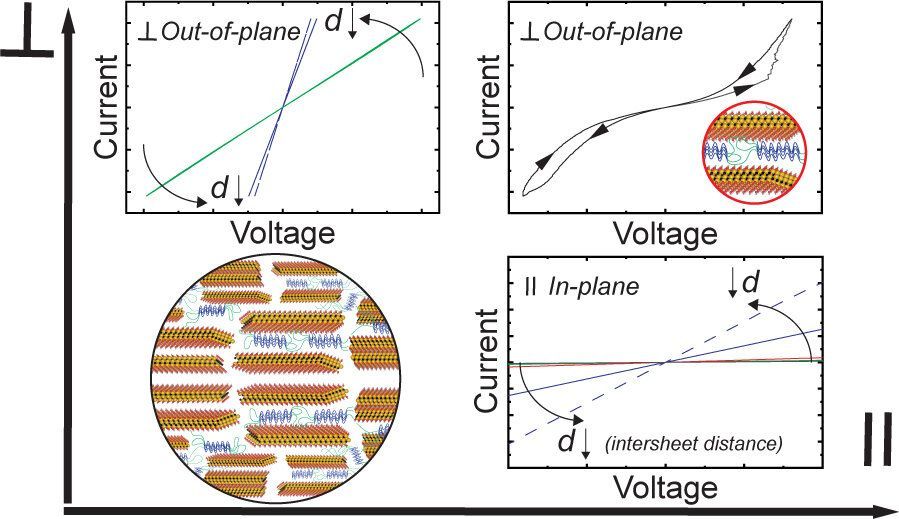
Sometimes, breaking rules is not a bad thing. Especially when the rules are apparent laws of nature that apply in bulk material, but other forces appear in the nanoscale.
“Nature knows how to go from the small, atomic scale to larger scales,” said Melik Demirel, professor of engineering science and mechanics and holder of the Lloyd and Dorothy Foehr Huck Chair in Biomimetic Materials. “Engineers have used mixing rules to enhance properties, but have been limited to a single scale. We’ve never gone down to the next level of hierarchical engineering. The key challenge is that there are apparent forces at different scales from molecules to bulk.”
Composites, by definition, are composed of more than one component. Mixture rules say that, while the ratios of one component to another can vary, there is a limit on the physical properties of the composite. According to Demirel, his team has broken that limit, at least on the nanoscale.
